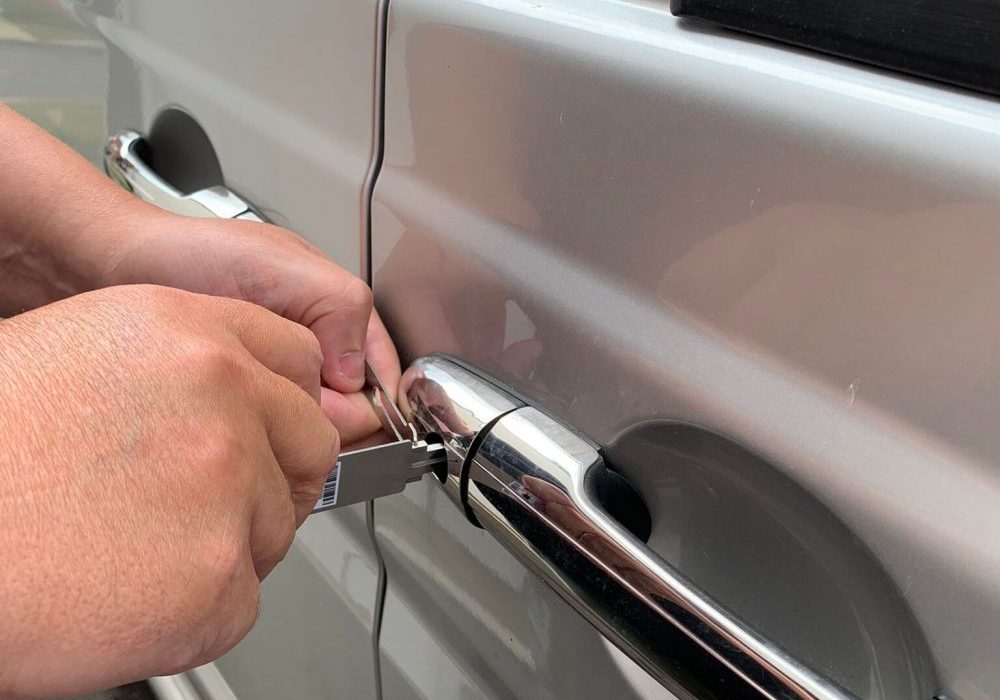Transferring a private number plate from one vehicle to another is a relatively straightforward process, but there are important steps to follow to ensure everything is completed legally and without issues. Whether you’ve purchased a new car and want to move your cherished plate or you’ve decided to sell your current vehicle and keep the plate for a future purchase, understanding the transfer process is key to ensuring a smooth transaction.
Step 1: Check Eligibility for Transfer
Before initiating the transfer, you’ll need to check that both the number plate and the vehicles involved are eligible for the transfer process. According to the Driver and Vehicle Licensing Agency (DVLA), there are a few key requirements:
- The private number plate must be registered with the DVLA, and it should not be on a vehicle that is taxed or has an outstanding finance agreement.
- The vehicle receiving the private plate must be registered in the UK and have a valid MOT certificate (if applicable). It must also be taxed and have insurance in place.
- The plate cannot be transferred if it doesn’t comply with UK regulations, including the font, size, and style of characters.
If you meet all these criteria, you can move forward with the process of transferring the private plate.
Step 2: Obtain the V5C (Vehicle Registration Certificate) for Both Vehicles
The V5C is the official vehicle registration certificate, and it is required to complete the transfer. You will need to have a V5C for both the vehicle currently displaying the private number plate and the vehicle that will receive it. The V5C should be up to date, and you will need to have both documents on hand during the process.
If you don’t have a V5C for either of the vehicles, you will need to request a replacement from the DVLA before proceeding with the transfer. This can typically be done online or by post. The V5C contains important information about the vehicle, including the registered keeper’s details, and is essential for updating records during the transfer process.
Step 3: Complete the Relevant Sections of the V5C
Once you have the necessary paperwork, the next step is to complete the relevant sections of the V5C. There are two main sections that need to be filled out:
- Section 1 (for the vehicle that is currently displaying the number plate): This section needs to be completed by the registered keeper of the vehicle being de-registered from the plate. It involves completing the part of the V5C that requests information about the vehicle’s previous registration number and the new number (if applicable).
- Section 2 (for the receiving vehicle): This section will be filled out for the vehicle receiving the private plate. It includes the details of the new plate and requires the registered keeper’s consent to update the vehicle’s registration with the new number.
Once you’ve completed the V5C forms for both vehicles, send them to the DVLA. If you’ve purchased a plate from a service like Regplates, they will typically assist you with filling out the correct forms, making the process even simpler.
Step 4: Apply for a Retention Certificate (If Necessary)
In some cases, you might want to keep the private number plate in reserve for a future vehicle or to sell it. If that’s the case, you’ll need to apply for a retention certificate. This certificate allows you to hold the private number plate without it being attached to any specific vehicle. The retention certificate can be requested online through the DVLA website, and you will need to pay a fee (currently £80).
The retention certificate is valid for 10 years, so you can keep your private number plate in reserve until you’re ready to attach it to another vehicle. It’s also important to note that a retention certificate allows you to transfer the number plate to a new vehicle when you are ready, without the need to go through the entire process again.
Step 5: Submit the Documents and Pay the Fee
Once you’ve completed the necessary forms and obtained a retention certificate (if applicable), the next step is to submit all the required documents to the DVLA. This includes the completed V5C forms for both vehicles, any additional documents related to the private plate (such as the retention certificate), and the fee for the transfer.
The DVLA will process the transfer, and once completed, you will receive confirmation that the private number plate has been successfully transferred to the new vehicle. If you are not using a retention certificate and transferring the plate directly to a new vehicle, the new V5C with the updated registration details will be sent to you.
It’s worth mentioning that the transfer process can take several weeks to complete, so it’s important to be patient. You can also track the status of the transfer via the DVLA’s online portal if necessary.
Step 6: Update Insurance and MOT Details
Once the transfer is complete, it’s essential to update your insurance provider and any relevant MOT records to reflect the new registration number. Your insurance policy will need to be updated to show that your private plate is now attached to a new vehicle, and your insurance provider may need to issue a new certificate.
Similarly, if your vehicle requires an MOT, you’ll want to ensure that the updated registration number is reflected on your MOT records. This helps to avoid any confusion with future inspections or potential fines.
Step 7: Display the New Number Plate
Finally, once the transfer has been completed, and you’ve received your new V5C and other necessary documents, you can display the new number plate on your vehicle. The DVLA will have updated their records to reflect the change, and you’ll be legally able to drive with the new plate.
If you’re looking to purchase the number plate, it’s important to ensure that the plate is designed in compliance with UK number plate laws. Personalized plates must meet specific regulations regarding font size, spacing, and the display of legal identifiers, so always choose a supplier that adheres to these standards.
Conclusion
Transferring a private number plate is a simple process that requires attention to detail and an understanding of the necessary paperwork. By following the steps outlined above—checking eligibility, completing the V5C forms, applying for a retention certificate (if needed), and updating insurance and MOT details—you can successfully transfer your private plate to a new vehicle. Whether you’re keeping it for personal use or selling it to someone else, following the proper steps ensures that everything is handled legally and efficiently. With a little patience and the right guidance, transferring a number plate can be a seamless experience.











